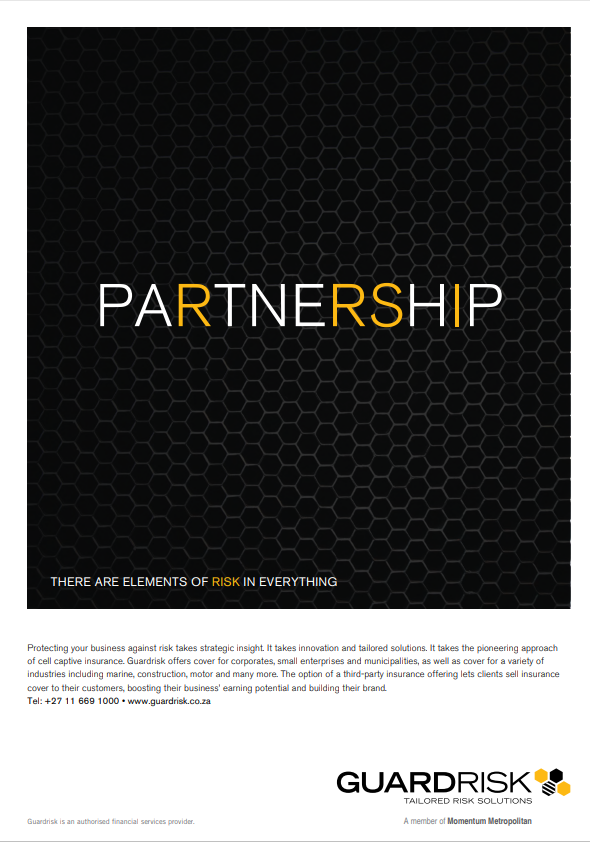By Jill Larkan, Head: Healthcare Consulting at GTC
The Covid-19 pandemic saw two years of exceptionally low usage of medical services, and a reverse correlation with the increased reserve levels recorded by almost all medical aid schemes. As a result, most schemes opted to defer contribution increases during 2021 and 2022.

Medical schemes metronomically increase contribution rates annually, and typically by several percentage points above the consumer-price-inflation (CPI) index. Medical inflation has historically exceeded CPI by around 2% a year. This fact in itself, representing the basic principle of how inflation is created, reflects the dwindling number of medical professionals who are servicing an ever-increasing number of patients.
Household budgets under pressure
As medical aid usage returned to pre-pandemic levels these annual increases were inevitably imposed once again by the different schemes. In the meantime, however, the macroeconomic environment has become one of higher inflation and persistently subdued growth.
Above-inflation scheme increases, coupled with constrained consumer buying power and limited inflation-linked salary increases, has led to increased pressure on medical aid members’ budgets. With less to spend, many members are considering downgrading their cover. It is vital that members understand the resultant increase in personal risk for themselves before undertaking this commitment.
Additionally, several medical schemes, conscious of the financial pressures placed on their members during the pandemic, allowed members to review and change their plans at several points during 2020 and 2021, in addition to the standard annual January review. This placed not only medical scheme administrators, but also healthcare advisors under pressure – as multiple reviews were expected, with concomitant costs, for no increase in the level of income.
The perils of the current low-cost environment
The medical scheme landscape largely mirrors South Africa’s own socio-economic landscape. Medical scheme membership has remained largely stagnant over the past eight years. The combined membership base – roughly 8 million primary members – increases by a marginal percentage each year. Medical aid products are generally poorly categorised and named – there were 251 different plans offered in 2021 – compounding the already complex decision-making process of selecting the most appropriate cover.
A particularly glaring gap in the medical scheme market has been the lack of affordable options for those in lower income brackets, being the overwhelming majority of South Africans. As a result, South Africa‘s healthcare system is divided between private healthcare for middle and high-income earners and a public healthcare system for low-income earners.
The development of a framework for the most likely solution to meet the public’s needs – the Low Cost Benefit Option (LCBO) – has been regularly postponed against the backdrop of continued discussion around the feasibility and desirability of a comprehensive National Health Insurance (NHI) Bill.
In the interim, to secure some form of healthcare cover for low income earners, the market produced a range of products known as primary-care plans. Primary-care plans typically provide Network Day-to-Day cover, with some including a rand value for specified hospitalisation events. There is often ‘fine print’ limiting the conditions for which reimbursement is due. Unethical marketers seek to obscure these conditions, or even to portray primary-care cover as a form of medical aid, when in fact it is a form of limited insurance. While medical aid provides cover for extensive agreed treatments and conditions, insurance can be more limited and conditional.
Those members who defaulted to primary-care plans are at risk of falling victim to the fine print. For example, when emergency cover was elected, the fine print often dictates that this is only in the case of an accident. Another common shortcoming is when a member experiences an extended hospital stay as the result of (say) a burst appendix. Marketers, being pushed by financially drained members may further convince members to downgrade to smaller (often limited) plans, such as top-up and gap-cover, in an attempt to patch together a home-styled comprehensive medical aid. This is often a recipe for disaster down the line when (rejected) claims start to roll in.
“You get what you pay for” has never been more relevant
GTC’s advice to advisers is to ensure clients are made aware of the risks associated with downgrading cover. Advisers must stay abreast of contract fine print and changes made to medical-scheme and medical insurance options during the year and especially at year-end review.
Advisers should immerse themselves in the abundance of valuable information released by the Council for Medical Schemes in their Annual Reports each year. These reports are of exceptionally high quality and provide a detailed breakdown of, amongst other topics, age profiles, pensioner ratios, usage patterns, solvency ratio’s, medical scheme costs and payments to different service providers. The information can get quite granular, but it’s worth reviewing, alongside their regular policy, research and monitoring publications.
Armed with this information, professional healthcare advisers will find themselves able to guide members towards schemes which offer greater longevity, better able to manage ongoing annual increases, and to dovetail healthcare increases with assumptions made in financial plans.


